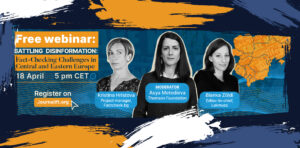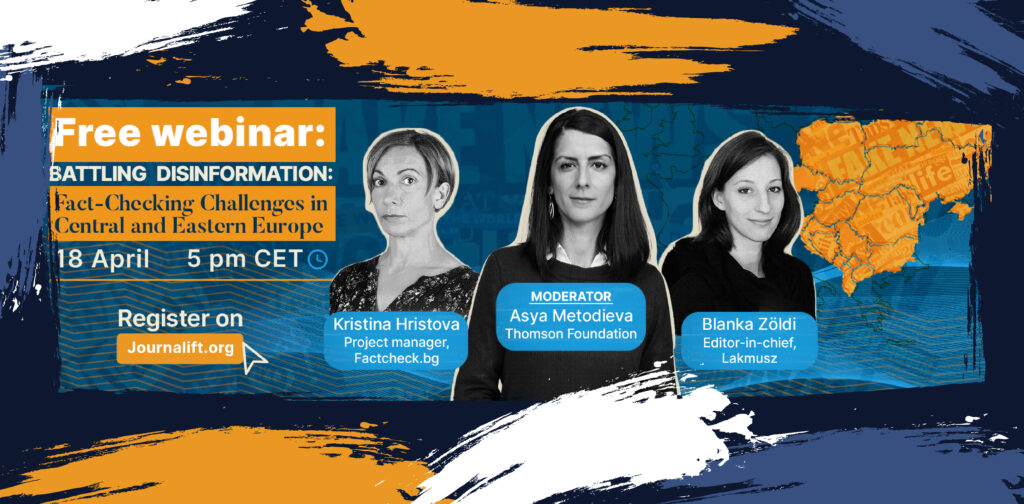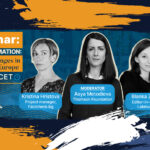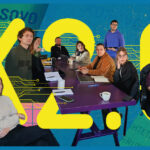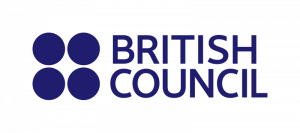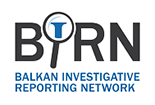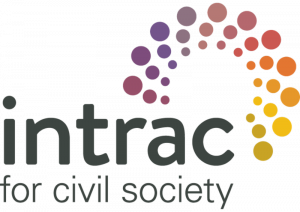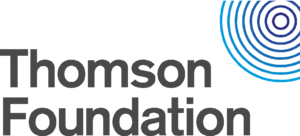Monetisation. That magic word that is being insisted upon more and more recently. As well as on sustainability, more and more on capacity development. We can talk about sustainability, but if we break it down into several levels. Let’s dwell on it.
Here I would return to the very concept of sustainability, which we can observe on at least three levels. At least that's what the experience of the Thomson Foundation and the Media for All project shows.
Different types of sustainability

Organizational sustainability implies that the media (as an organization) is financially and operationally stable and that it plans its resources in a timely and realistic manner. In the context of this, it is legitimate to think about the diversification of revenues, in order to strengthen their financial resilience. At the same time, donor funds obtained through grants should not be excluded from this calculation, because they are also a legitimate revenue source for professional media, which, faced with pressures and the absence of a market, lead a constant struggle for survival. On various sustainability strategies for small and independent media, in the context of donor aid and the search for an exit strategy, an excellent analysis was made by Tarik Jusić. Be sure to read this text.
Sustainability at the level of a specific revenue source implies the introduction, testing and implementation of a new revenue source. The goal is to empower the media with new knowledge, skills, tools and capacities (primarily people) to think in the direction of their introduction and testing. Practice and trends show that the majority of professional media in the Western Balkans are exclusively dependent on donor funds (the range is between 80 and 90%). There are many examples of media that Thomson has worked with that have innovatively introduced new revenue sources that have become sustainable (translated into the language of practice - they continued to implement and monetise them even after our support ended).
For example, RTV Nikšić from Montenegro introduced livestreaming as a service offered to commercial partners, Vidi Vaka from Macedonia developed services and products for commercial clients based on its rich experience in the field of video production and storytelling. Radio ZOS from Teshnja, Bosnia and Herzegovina, created a marketing agency, through which they earn additional income by connecting local businesses with large marketing agencies.
Finally, sustainability at the level of knowledge, skills and tools implies that the results of the training that the media undergo leave a visible mark in their practice. This entails a very detailed and realistic investigation of the needs of the media, connecting the media with trainers who know how to transfer and localize this knowledge, an adapted approach and training design, and monitoring how and to what extent the media use that knowledge, skills and tools. Colleague Ilcho Cvetanoski wrote about the approach and results of well-planned training for Journalift, while in our brochure we highlighted several examples of good practice from the entire Western Balkans.
Why do we exist and who do we matter to?

All of the previous approaches to understanding sustainability are applicable to both commercial and media that are not primarily focused on making money. These are nonprofit media, or mission-led media. In some cases it is a community media. Examples of such media can be found everywhere, whether they are research portals (such as KRIK from Serbia or CIN from Bosnia and Herzegovina), media with an emphasized activist approach (Citizens channel from Tirana), media that were founded as foundations (Vidi vaka from Skopje), or media focused on minorities and marginalized groups (Diskriminacija from BiH, Romano Avazo from Prizren).
Thomson has invested a great deal of energy in his work so far to help these media outlets develop their business. In addition, our team learned a lot by working with them and from them.
Let's start with one exercise. If we were at the beginning of a training, seminar or workshop, it would be an icebreaker, that is, an introductory question or a set of questions for all participants.
"If you lead or work for a media outlet, try to answer the following: Why do you exist? And why exactly are you important to your community, audience and people who follow you?"
And after that, the key question would follow…
"If our media were to cease to exist tomorrow, would anyone miss us? And why?"
It is the answers to these questions that create the essence of what we call - the mission.
What is a mission and how to define it?
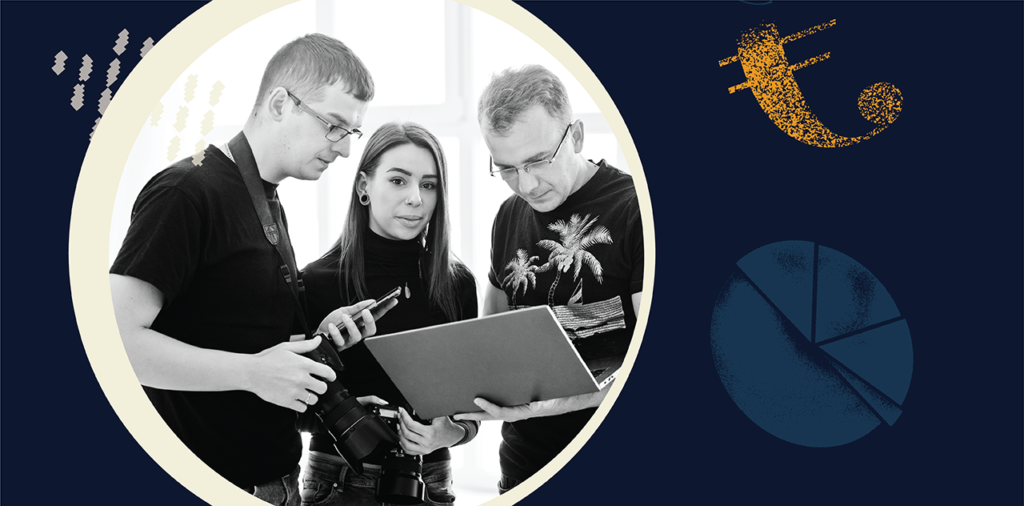
I suggest that in trying to define the mission, we think about three things - these are the values that the media advocates, then it is the advocacy of something that we call the public interest, i.e. the interest of the audience or community that the media addresses, and finally there is the brand - that is, the recognition of the media and the symbolism that he represents.
The importance of values
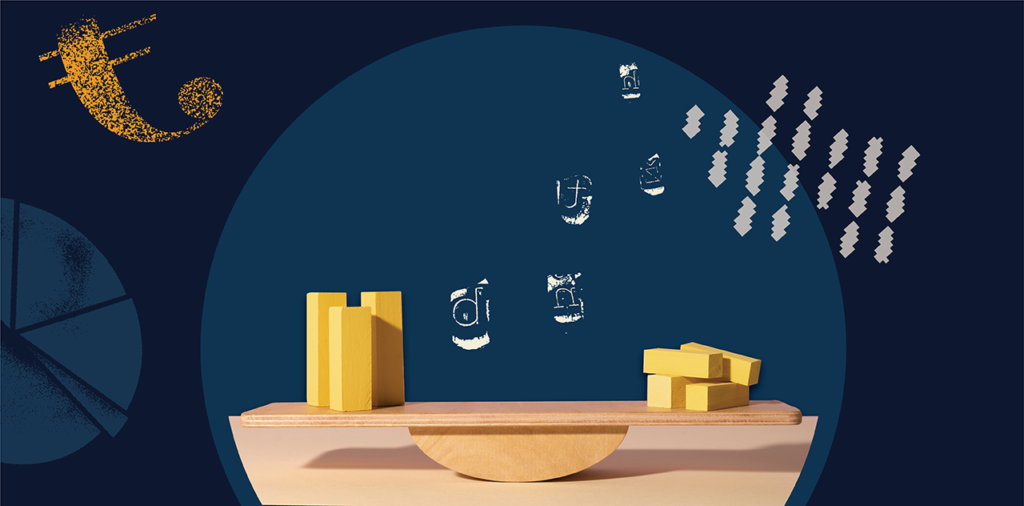
One of the most important academic authors on the subject of public media services, Gregory Ferrell Lowe distinguishes three types of value: intrinsic, exchange and use.
Intrinsic values have their roots in moral philosophy. According to Immanuel Kant, intrinsic values do not require any external validation for their confirmation. For example, beauty and truth are values in themselves. Although someone will add that beauty rests in the eye of the beholder, while truth is based on facts. When we talk about media that perform a public mission, these intrinsic values are - universality, enlightenment and independence.
Exchange values are the result of economic relations and transactions - what we as consumers get in exchange for what we spend (value for money). The exchange of one value for another is based on purchasing power, but also takes into account elements such as scarcity and necessity. Things that are rare, according to that logic, are worth more. These values do not imply any deep or emotional connection between the seeker and the offeror.
Use values refer to the benefit that an individual has from what he gets from a certain service, product or content. Benefit is an individual matter, unlike intrinsic values which are universal. For example, for someone, these values are perks that are received when supporting a media with a one-time donation or membership (a branded t-shirt with an inscription, a mug) or the exclusive right to see some content first - a new research story, a documentary, etc.
Public interest or the interest of the community
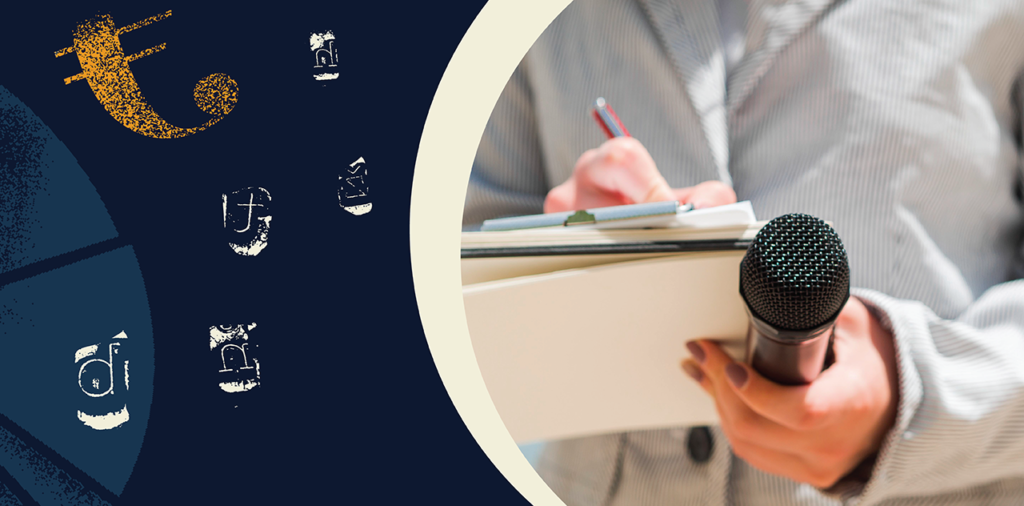
Public interest is indeed a very important category but, at the same time, a very fluid category that is subject to a multitude of interpretations and different understandings. Some believe that public interest is not a constant, but a variable category, and as such it is impossible to define it explicitly. Let's say if we take into consideration the components of public interest - freedom, pluralism, quality, security and cultural identity - we will see that it is impossible to reconcile them and put an equal focus on all of them at the same time.
Involvement of the community in defining the interests advocated by the media is certainly necessary. There are different approaches and strategies for this. To begin with, a demand side study. However, many nonprofit media do not have the resources for such an undertaking, so it is advisable to regularly talk to the audience and the community and ask them for suggestions. Various types of community consultation to select topics (crowdsourcing) can also help.
In this context, I would like to mention the Engagement Citizen Reporting (ECR) tool, which our colleagues from BIRN used to help the media in choosing topics and involving citizens in reporting. ECR proved to be useful in many ways because it influenced clearer definitions and prioritization of topics important to the community, it influenced increased community engagement as well as an increased level of trust in the media that covered those topics.
Brand, passion, belonging... and symbolism
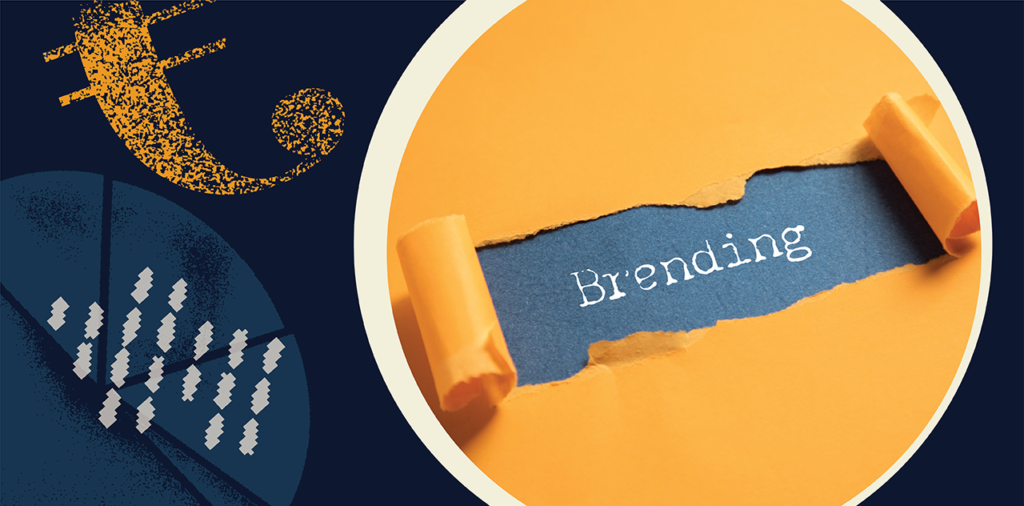
Brand is a popular, and at the same time, layered word, concept, term. A brand can be anything. It is, but also it is not just an identity, an advertisement, a logo. A brand is trust, belonging, passion, security, a set of unique values.
It is created in the psychology of the consumer (if we are talking about commercial use) or the audience or community (when we are talking about media with a mission). It means something to that community, represents and symbolizes something.
For those who remember the 1990s in Serbia, B92 was a symbol of professional and independent journalism, like numerous other local media stations (for example, Boom 93 from Pozarevac during the 90s but also today, i.e. Niš's Južne vesti today). On the other hand, the regime-controlled Radio and Television of Serbia from the 1990s was a symbol of media darkness and propaganda.
Certain media have become symbols of the media space because of their heritage and history (for example, Sarajevo's Oslobodjenje), the trust they built with the community in a situation of great political polarization (Vijesti from Podgorica), or they were considered a symbol of media progress and brought with them the breath of freedom and technological innovation ( such as, for example, Koha ditore from Pristina).
Nomen est nomen says the old Latin saying - your name defines you, which in the case of our partners from Tuzla - RTV Slon - is not exactly the case. Slon, at first glance, is not an association for media and professionalism, anything but an association for media, professionalism and freedom, but this team of media professionals and exceptional people managed to re-brand it and today, not only in Tuzla but also in Bosnia and Herzegovina, Slon is recognized as a "giant of local and regional journalism".
A special place among the examples of exemplary branding is the journalists of TV Forum from Prijepolje, who positioned themselves as the first and only "women's television" in the region, with a focus on the topics of gender equality and the advocacy of women's rights. Very persistently. And successfully.
Mission monetisation, why not?

When we talk about funding models for media with a mission, we are primarily talking about models based on community-based fundraising. Sometimes mission and business seem like two incompatible worlds, although in practice there are numerous examples of successful collaboration.
The media, and even the global and large ones, recognized the return to citizens and communities as a necessity and a priority. One of the most famous global examples, The Guardian, changed its business policy a few years ago and today its donation-membership model is ideal for all media that are planning to change their business logic.
There are three modalities of revenues that stand out as interesting for media with a mission, if we exclude subscription as dominantly commercial, and some other revenue modalities such as partnerships, compensations, and - classic grants.
The donation model implies the support of the media by individuals. The support is not driven by commercial or material motives (buying goods, paying for content or services, etc.) but is purely philanthropic and missionary in nature. This model implies free and free of charge access to all contents, and a constant invitation to readers and visitors of media sites to donate. Donations can be one-time, or they can be recurring - on a monthly, quarterly, half-yearly and annual basis. In this model, readers receive no benefit in return.
The membership model is the most adequate model for media which, instead of content and services, sell their mission. It implies that readers become members of your club, and in return receive some reward, benefit or acknowledgment (access to a closed community, special contents, or simple acknowledgment of the members). The model is based on donations, but continuous ones. In Serbia, a few years ago, the daily newspaper "Danas" started with a membership model, which launched its "Readers' Club" and in the first month reached over 400 members, through whose support the newspaper earns more than four average monthly salaries. Membership models, combined with donation models, were also introduced by the portals 'Pescanik', KRIK, as well as 'Autonomija' and 'VOICE'.
The model based on crowdfunding implies time-limited campaigns with a specific goal. Campaigns are carried out either on our own or on specialized platforms, either in Serbia (Donacije.rs) or globally (Indiegogo or Kickstarter). Some media, such as the Slovenian research portal Pod crto, have an integrated fund-raising option on their websites. The most successful campaign in the region was the one launched in 2017 by the Croatian portal Lupiga, which managed to raise over $40,000 from its community, using the Indegogo platform. During the autumn of 2019, TV Forum from Prijepolje - a local civil society television station that advocates human rights and women's equality - ran a successful crowdfunding campaign with the aim of purchasing studio equipment. The campaign was extremely successful and even 15% more funds were collected. Such campaigns are also a validation of the support and trust that prevail in the community.
It is clear that none of these sources of financing can be exclusive and sufficient, which is why the combination and diversification of revenues is important. My colleague Blerjana Bino also wrote about models of financing media with a mission (or alternative media), in the text in which she presented the so-called "three-legged" model, which implies three sources of revenues - the community, advertisers and classic donors (government and non-government programs).
There is no silver bullet!
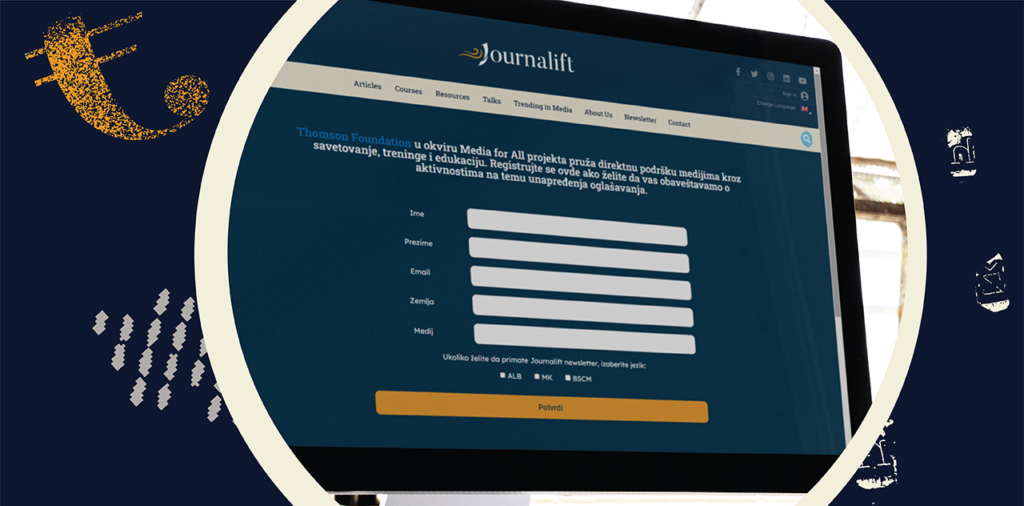
How to apply all this in practice? There is no one-size-fits-all solution. Defining the mission, positioning oneself (as a media that fulfills that mission), defining and constant communication with the community are only prerequisites for successful monetisation and application of some of the models mentioned in the text.
That is why the role of support programs is important and organizations like Thomson create, adapt, and offer them, so that the media are able to create their own models adapted to their needs, capacities and specifics.
It's an approach that Thomson advocates, and continues to apply.










